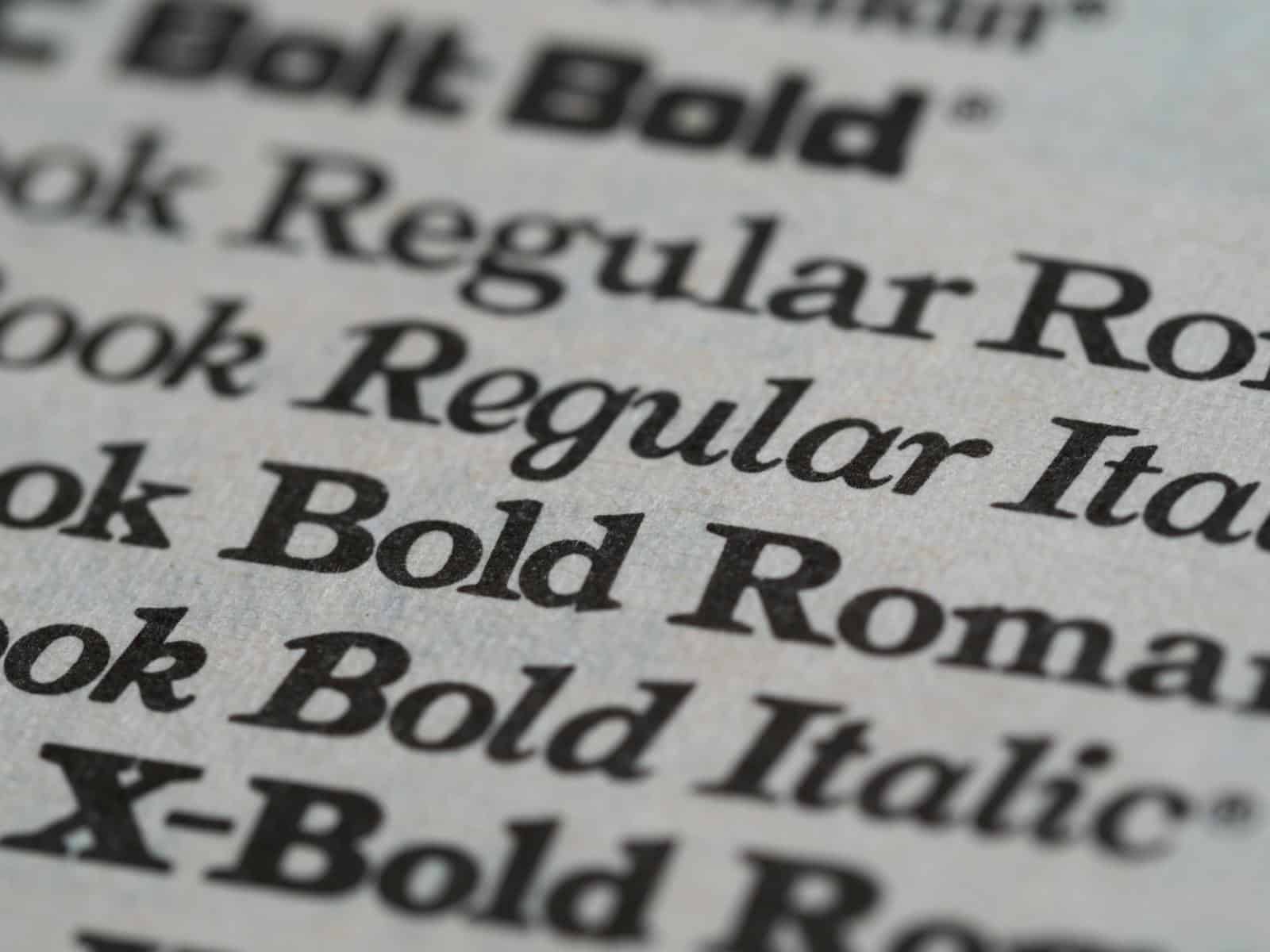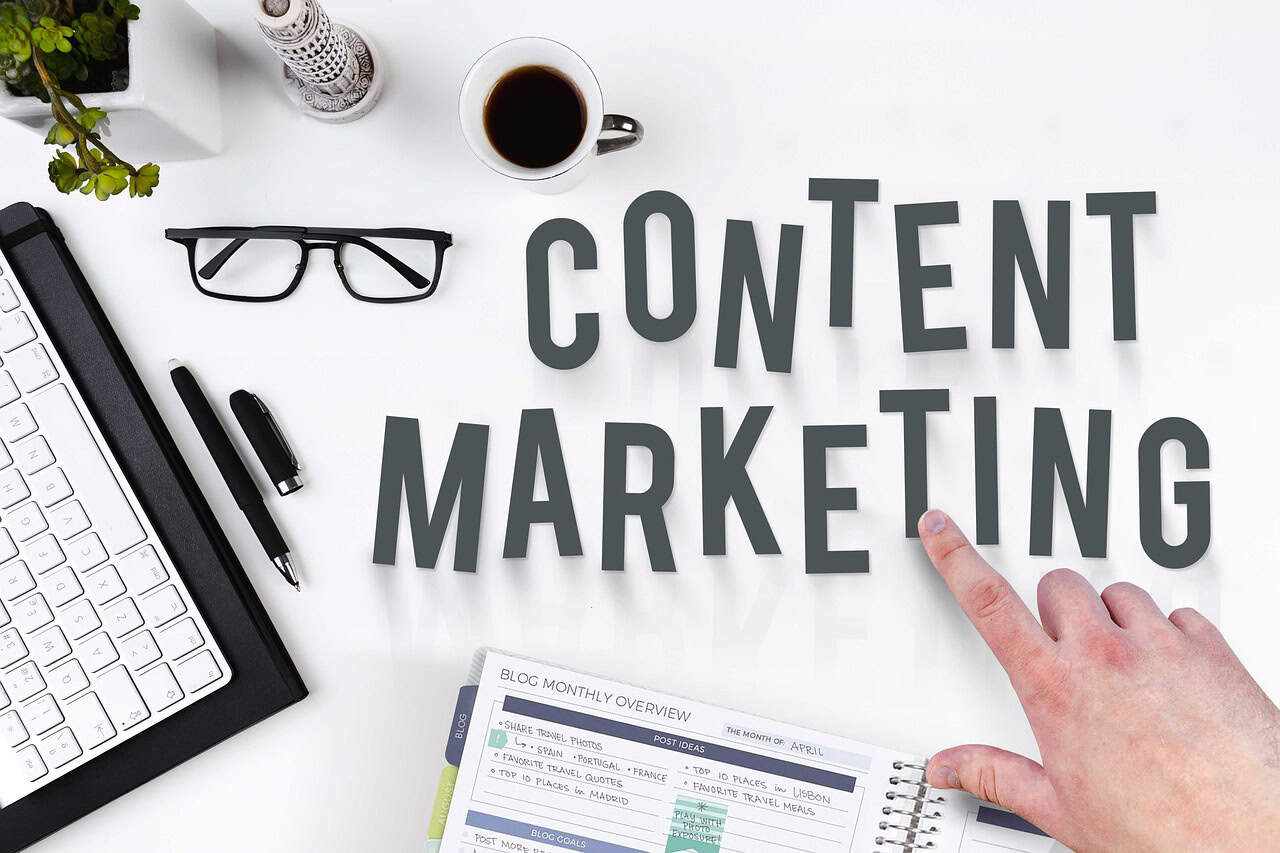A strong logo is the foundation of your brand’s identity. Since it frequently serves as the initial impression that prospective clients will have of your company, it is imperative that you communicate the correct message right away. A logo is a single visual representation of your company’s values, mission, and personality. If done well, it can increase audience recognition and loyalty and help you stand out from the competition in a crowded market. A powerful logo can arouse feelings and connections in your target market.


Key Takeaways
- A well-designed logo is crucial for creating a strong brand identity and making a lasting impression on customers.
- Understanding the brand and target audience is essential for creating a logo that resonates with the right people.
- Effective logo design involves elements such as simplicity, versatility, scalability, and relevance to the brand.
- Choosing the right colors and fonts is important for evoking the desired emotions and conveying the brand’s personality.
- Incorporating iconography and symbols can add depth and meaning to a logo, making it more memorable and impactful.
Making a Brand Identity
Consider the logos of well-known brands; they frequently inspire sentiments of familiarity, quality and trust. By spending time and money on a well-considered logo, you are producing a symbol that captures the spirit of your company, rather than merely a graphic. This symbol has the potential to be an effective marketing and communication tool that helps you build enduring relationships with your clients. Identifying your brand’s core values and what it stands for will help you design a logo that accurately captures the essence of your company. Take into account your target audience’s psychographics and demographics. Knowing their inclinations, passions, and problems will help you create a logo that speaks to them personally. Market research can give you important information about the preferences and expectations of your target audience.Market Research
What appeals to your target audience can be found through surveys, focus groups and social media interactions. Your chances of designing a logo that not only draws attention but also encourages engagement and loyalty are increased when you match your design to the preferences and requirements of your target audience. A cohesive visual identity is produced by the combination of multiple essential components that make up an effective logo design. The most important thing is to be clear. Your logo should be simple to recognize and readable at different sizes. It should remain authentic and easily recognizable, whether it is displayed on a billboard or a business card. Your audience will be able to immediately connect the logo to your brand thanks to its clarity.Adaptability
Another important factor is adaptability. An effective logo should be able to be used in a variety of contexts and applications. Your logo needs to look good everywhere it appears, whether it is on digital platforms, or printed materials. Think about how scalable your design is; it should appear as good in black and white as it does in color. By concentrating on these components, you can design a logo that endures and stays current as your company develops.Color
The ability of color to elicit particular feelings and associations makes it an important component of logo design. For example, red can arouse passion and excitement, while blue frequently communicates professionalism and trust. Take into account the message you wish to convey about your brand when choosing colors for your logo. By using a well-chosen color scheme, you can improve audience recognition and establish an emotional bond.
Fonts
Fonts influence how people view your brand as a whole. Whether your brand is sleek and modern, or traditional and classic, the typography you select should reflect that personality. Make sure the font is readable in a range of formats and sizes. Stick to system or Google Fonts to ensure that your fonts always display correctly – when used as static text or in editable format. These fonts will also not slow down your website speed, as many custom fonts do. A carefully selected font can strengthen the identity of your brand, while improving the overall look of your logo. A harmonious design that appeals to your audience can be produced by carefully choosing your fonts and colors.Icons and Symbols
Including icons and symbols in your logo can give your design more depth and significance. By acting as visual representations of your brand’s principles or offerings, icons can help clients quickly grasp what you have to offer. A leaf, for instance, might stand for sustainability for an eco-friendly company, whereas a piece of gear might symbolize innovation for a tech firm. Make sure your icons or symbols are easily recognizable and pertinent to your brand before using them. Steer clear of designs that are too complicated, as they could overwhelm or confuse viewers. They also won’t display correctly at small sizes, like in your App Store logo or website favicon. Rather, strive for simplicity while preserving the core of your brand. An audience can be made more memorable and left with a lasting impression by using a carefully chosen icon.Balance
Balance is important. In a crowded market, your logo must be distinctive and simple to comprehend. Try to make a design that is both unique and clean in order to strike this balance. Steer clear of overcrowding your logo with extraneous elements that could lessen its impact. Prioritize clarity over complexity. Rather, try to create a design that simply, yet distinctively, conveys the essence of your company. A logo that is memorable to your audience can be made by emphasizing both originality and simplicity. The key to a well-designed logo is that it stands out from the competition and conveys your brand’s message clearly. By striking the ideal balance between originality and simplicity, you can design a logo that accurately captures the essence of your business. Click to contact Teracore to assist with your logo design >Testing
Prior to completing the design, it is crucial to test your logo’s preliminary concepts with actual users. Get input from friends, coworkers, or even prospective clients to see how they feel about your logo choices. This input can give you important information about how well your design connects with your target market, and conveys the message of your brand. Be willing to change things in response to criticism. Occasionally, minor adjustments can greatly improve your logo’s overall efficacy. Modifying your design in response to user feedback can result in a more successful end product, whether that involves changing colors, fonts, or simplifying elements. Keep in mind that the objective is to design a logo that is both aesthetically pleasing and accurately conveys your brand.Implementation
When your logo design is complete, it’s time to consistently use it on a variety of platforms. Every marketing piece, including packaging, websites, social media profiles, and business cards, should prominently display your logo. Maintaining a consistent brand helps your audience trust you and reinforce recognition.



